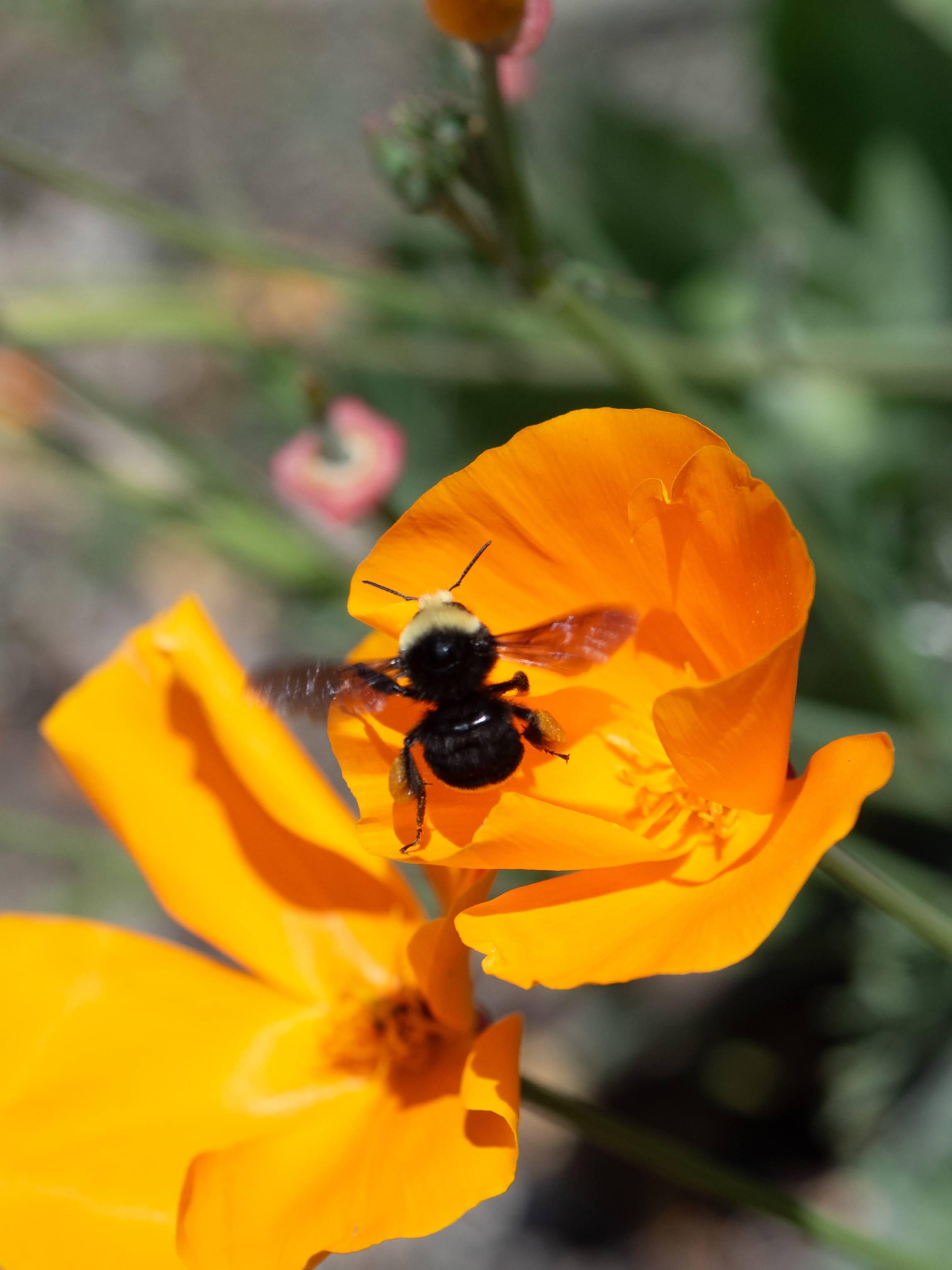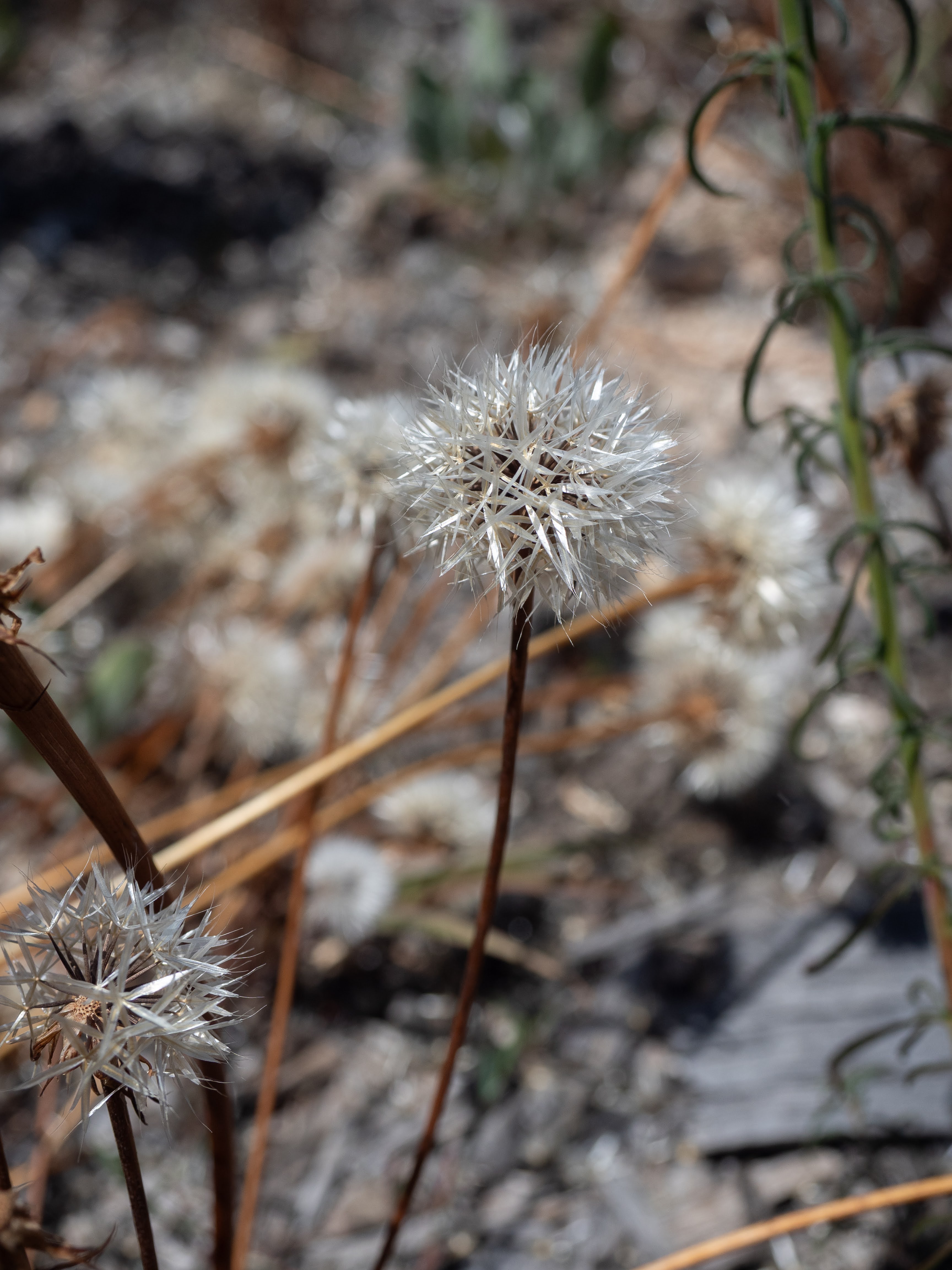SEED COLLECTION + WORKDAY
Ohlone Hillside at Lawrence Hall of Science, Berkeley
"xǔčyun" the region that is part of the ancestral and unceded homeland of the East Bay Ohlone (pronounced "HOOCH-yoon" in Chochenyo language)
By Will Macfarlane
DATE: June 13 2025
TIME: 12pm
TEMP: 60°F – mostly sunny, moderate breeze
VOLUNTEERS: 8
My name is Will Macfarlane. I’m a landscape architecture student at UC Berkeley and an intern this summer with Terremoto and Test Plot. I’m interested in slow work – working with the land, building relationships, and supporting spaces where plants, animals, and people can all heal.
We began the morning at the roundabout in front of the Lawrence Hall of Science, where Margaret – a longtime volunteer with Skyline Gardens has spent seasons tending and seeding this area with local natives. Skyline Gardens is a 20+ year restoration project led by an amazing team of volunteers and shares the same geology, a high ridge volcanic plateau. Some of the plants were grown from seed gathered in her own backyard, others from Skyline, and some from nearby wild species. A quiet, patient experiment. Some were direct sown. Others were transplanted. All were part of a slow effort to reintroduce local ecology.
We harvested what we could, with the intent to process and reapply these seeds within the LHS Test Plot, which is about a 5 minute walk away. Being able to collect from some seed originating from Skyline Gardens, which sits on the same volcanic shelf as the LHS Test Plot, means the seeds carry local adaptation – rooted in the same soil. This kind of hyperlocal sourcing feels essential. A way to deepen our reciprocal stewardship and add resilience.
Collected seeds + Methods:
– Uropappus lindleyi / Silverpuffs (dandelion like - just grabbed handfuls of puff)
– Agoseris grandiflora / CA Dandelion (same method)
– Eschscholzia californica / California poppy (crack open the long pods when brown)
– Salvia mellifera / Black sage (turn the seed heads upside down into an envelope and tap)
– Lupinus succulentus / Succulent lupine (pop open when black)
Later in the day, we shifted to the Test Plot itself. We focused on pulling invasive oat grass and watering the established native plantings. A handful of species stood out – still holding strong after a dry spell:
– Arctostaphylos manzanita
– Pteridium aquilinum
– Ceanothus
– Stipa pulchra
– Achillea millefolium
– Gilia capitata
– Gilia tricolor
– Artemisia douglasiana
Beyond the active plot, we noticed a small stand of Eriogonum nudum / Nude buckwheat growing through oat grass on a rocky outcrop overlooking the Bay. Untouched by us, but persisting on its own.
Next steps: continue supporting what’s thriving. Maintain the edge between the plot and the surrounding weeds. Begin seed cleaning, and wait for the right season to sow. Timing, as always, matters.





